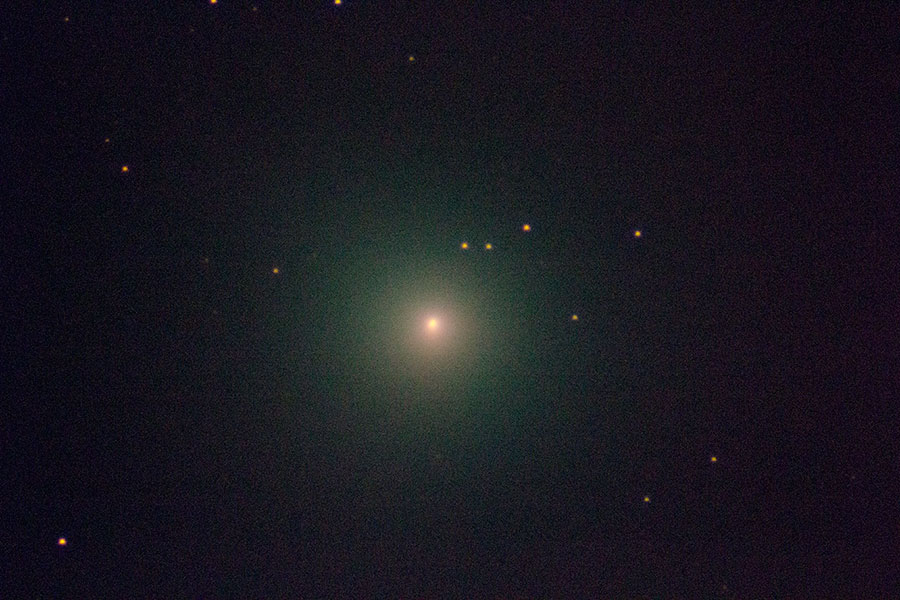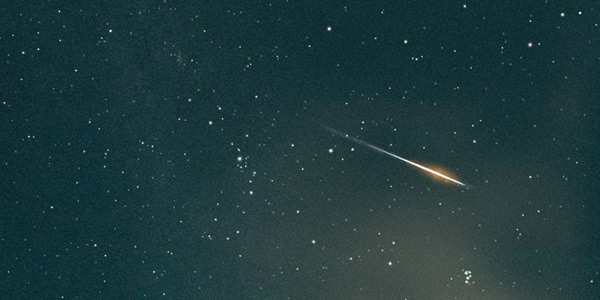
Griffith Observatory celebrates its 80th anniversary
Griffith ObservatoryGriffith Observatory marks 80 years of public service and astronomical inspiration with three public events on Thursday, May 14, 2015.

Griffith Observatory marks 80 years of public service and astronomical inspiration with three public events on Thursday, May 14, 2015.

A rare celestial event took place on Friday night, January 23, 2015, when the shadows of three of Jupiter’s four largest moons – Io, Europa, and Callisto – fell upon Jupiter at the same time.

From January 6 - 24, 2015, Griffith Observatory offered visitors a telescopic view of Comet Lovejoy, C/2014 Q2. The comet orbits the sun about every 14,000 years. It was closest to Earth – 44 million miles away – on January 7, 2015.

Griffith Observatory broadcasts the entire partial solar eclipse.

A public event to view the total lunar eclipse

Comet ISON (C/2012 S1) was discovered on 21 September 2012 by Vitali Nevski and Artyom Novichonok while collecting data for the International Scientific Optical Network (ISON).

The annual Perseid meteor shower will reach its peak between 6:15 a.m. and 6:45 p.m., P.D.T., on Monday, August 12, 2013.

Several hundred people gathered on the lawn at Griffith Observatory on July 19, 2013, to wave at Saturn as NASA's Cassini spacecraft took a photograph of the ringed planet with Earth in the background.

Comet PANSTARRS was observed from Griffith Observatory through telescopes and binoculars through most of March 2013.

On Friday, December 21, 2012, Griffith Observatory hosted special activities to mark the end of Baktun-13 on the Maya calendar and NOT the end of the world.